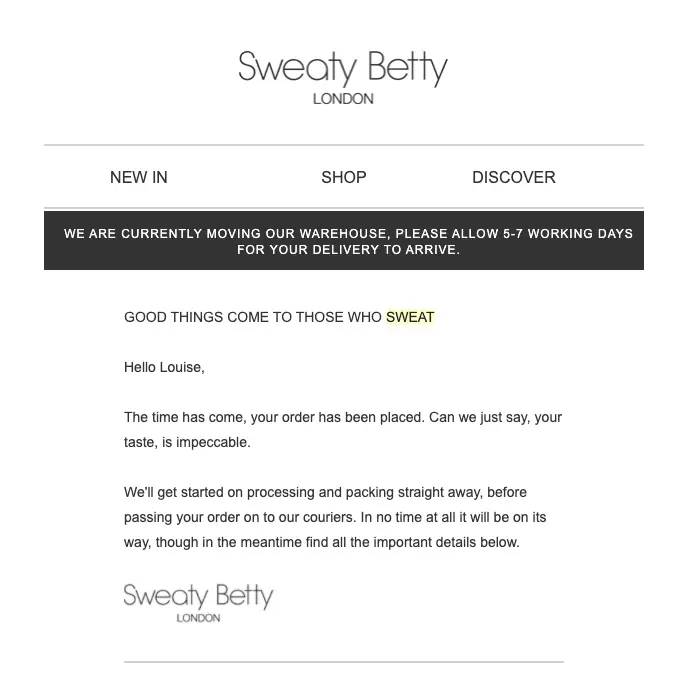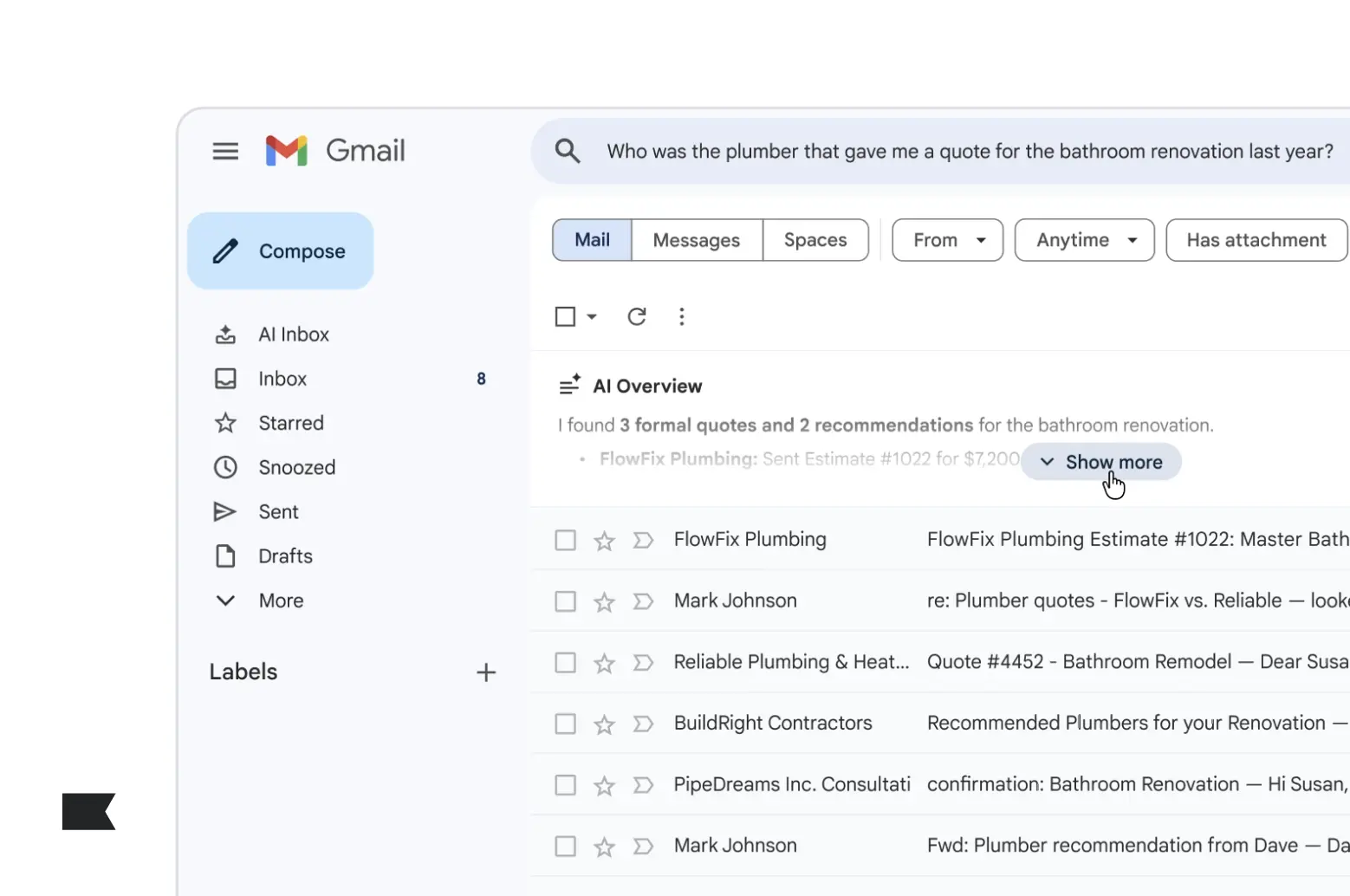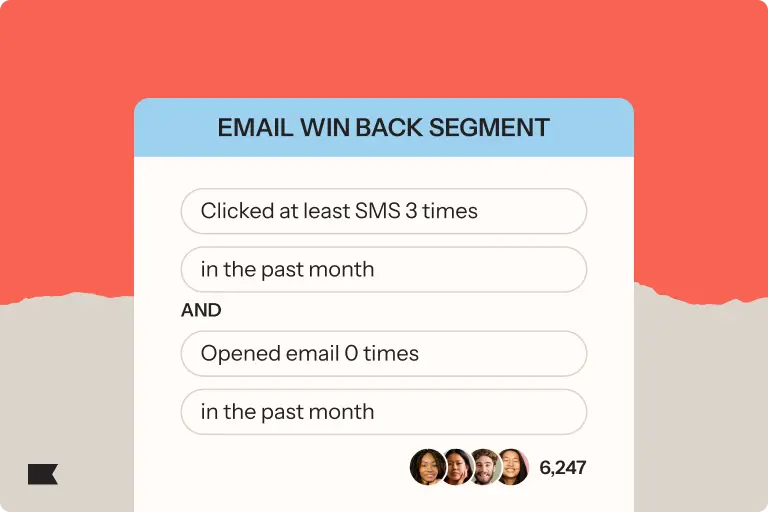Brexit and ecommerce marketing: 13 communications tips to drive customer loyalty
It probably won’t surprise you if I say that two things dominate the headlines within the UK right now—COVID-19 and Brexit.
Editor’s note: This article features insights and perspectives on what’s happening in the ecommerce industry in the United Kingdom. It was originally published on December 18, 2020, and has been updated to reflect the most current data and insights.
It’s also no secret that Brexit has already—and will continue to—affect ecommerce businesses across the country.
Thankfully, there are steps you can take, which will help to drive customer loyalty for your business throughout 2021 and beyond.
But before I dive into the tips, let’s quickly catch up on the latest Brexit and ecommerce marketing news.
What’s happening with Brexit and ecommerce marketing?
The UK officially left the European Union (EU) on January 31, 2020, but the country was in a transition period until December 31st.
The UK and EU agreed on a trade deal on December 24, 2020 which was officially written into UK law on December 30th under the European Union (Future Relationship) Act 2020.
A no-deal situation would have meant World Trade Organization (WTO) rules would have been used for goods sold between the UK and EU, resulting in tariffs on exports to the EU and customs checks at borders.
But the new free trade agreement between both parties now means there’ll be no tariffs on products sold between the EU and UK. Businesses like yours still need to be aware of the extra checks and paperwork at borders now, though, among other things that have changed, such as tax requirements.
Keep reading to find out more about Brexit and how to communicate relevant changes and updates to your customers.
Brexit and ecommerce marketing: What do I need to communicate with my customers?
Before I begin, I have a confession to make: I’m not a lawyer. While I’ll share my best tips with you, use them as helpful information rather than actual legal advice, and always consult your legal counsel for the specifics on how Brexit may impact your business.
Still with me? Excellent!
Despite my lack of a law degree, I think it’s still fair to say that Brexit is likely to impact both you and your customers, so it’s important to keep them updated.
You might need to rethink your pricing in light of changes to tax, for example. Or additional border checks could cause shipping delays, which—just like through the pandemic—you’ll want to make your customers aware of, so they can plan when to shop online, especially for timely deliveries.
Your customers might feel concerned about how Brexit will affect them when shopping with you. They may be more hesitant to spend money—especially after all the trials and tribulations of 2020.
While there may still be some uncertainty around what might happen and how Brexit could impact your business, laying the groundwork for a clear communication strategy now can help you reduce uncertainty among your customer base while you wait for things to become clearer.
By sharing your plans for Brexit with your customers, they’ll see that you’re working hard behind the scenes to keep their experience as smooth as possible—and they’ll feel cared for.
This can only be a great thing for fostering long-term customer loyalty—both now and throughout the following months and years.
As Dragon Rouge from The Marketing Society says, “Brands looking to be an anchor in these turbulent times, should consider asking whether their brand could be simpler to understand, easier to navigate, and generally more helpful.”
So, this is where the following Brexit and ecommerce marketing communication tips come in handy!
13 Brexit communication tips to keep your ecommerce customers loyal
To help you plan your post-Brexit communication strategy, check out the tips below, which center on the biggest changes that you might need to make now that Brexit has officially happened.
They’ll show you how to use your owned marketing channels like email and your website to help relieve customers’ concerns about Brexit while keeping their brand experience as smooth as possible.
Are you ready? Let’s dive in!
1. Update your shipping policies
Your shipping policies likely include things like dispatch and delivery times, tracking options, returns and exchanges, and what you’ll do if parcels get damaged in transit.
If any of this has changed since January 1st, then remember to update your policies across your website and relevant emails.
You might also want to create a frequently asked questions (FAQs) page about Brexit—just like the outdoor clothing brand, Patagonia, has done.

A page like this will not only help your customers to understand what’s changed, but you can also send it to staff and new hires to keep everyone informed.
Consider linking to your FAQs from emails as customers may miss updates on your website. You could also include your updated shipping policies in your order confirmation emails and shipping confirmation emails.
2. Communicate shipping delays as soon as possible
It’s not just the pandemic that could cause shipping delays.
When France tested the post-Brexit border checks in November 2020, they caused a five-mile-long (eight-kilometre-long) queue of lorries.
If you think delays at the border might affect your business, set expectations with your customers as soon as possible.
Include a message about potential shipping delays on your shopping cart and checkout pages, on your shipping, returns, and FAQ pages, or even as a banner on your website—just like LAKRIDS BY BÜLOW, a Scandinavian licorice and chocolate brand, has added to their UK website.

Just as long as your customers know before they place an order with you that there could be a delay, they can decide what to do.
You might also want to amend some of your post-purchase emails to highlight possible delays.
Finally, if you experience delays in the warehouse, then you could proactively update customers who haven’t yet had their orders fulfilled.
3. Consider publishing shipping calendars and timelines
It’s not just the holiday season when customers shop for important occasions. What about birthdays, anniversaries, and Valentine’s Day?
If you think your customers should shop early to avoid disappointment, let them know.
Consider adding shipping calendars or timelines to your website, social media channels, and emails to guide customers on when to place their orders.
Something as simple as “deliveries could take up to two weeks to arrive, so shop early to avoid disappointment” could be just what they need to hear.
Don’t forget that you can also segment your emails based on subscriber location. If you think delays will only affect customers within certain countries, then you can adjust your emails accordingly.
4. Send proactive email status updates
To avoid an increase in “Where’s my order?” emails, consider sending proactive updates as part of your post-purchase email sequence. This is especially important if you have a longer lead time than usual.
You could send a quick automated email to let customers know that you haven’t forgotten about their orders. Or you could send them a detailed timeline that explains each of the steps involved in completing their order and when they can expect their delivery.
Function of Beauty, a customized haircare brand based in New York, is a great example. They send several emails between their order and shipment confirmations to let customers know when their orders have reached the next stage in the fulfillment process.

5. Communicate product availability issues as soon as possible
Sadly, some headlines warned against stock availability issues late last year. While these concerns—at the time—were largely related to a possible no-deal situation, other headlines now warn that delays at borders could affect some food and drink businesses.
If you think this could affect your products, tell your customers as soon as possible, and consider using back in stock notifications on your website to avoid losing sales.
There might also be some customers who start stockpiling certain products—like when panic buying toilet paper became the norm in early 2020.
To help mitigate this—especially if you sell essential products—consider updating your customers on your stock availability and your plans for keeping stocked up.
6. Share important changes with your customers
If you’re making important changes within your business that could affect the customer experience, then it might be worth sharing your news with your customers.
You might want to change warehouse locations or suppliers to save on costs or to improve logistics, for example.
By sharing updates like this with your customers, you’ll show that you’ve thought about how these changes might affect them and that you’ve got a plan in place to help mitigate any issues.
If issues do occur, then customers will also know what might have caused them, which could make troubleshooting quicker.
You may want to distribute a press release, publish a blog, or send a dedicated email about the changes you’re making.
Or you could add a banner to your emails or website like Sweaty Betty, a women’s activewear brand, did when they moved their warehouse.

7. Get feedback on drastic price changes from your most loyal customers
You’ve likely seen changes to tax costs post-Brexit, which could affect your pricing strategies.
If your prices will change drastically because of Brexit, then consider communicating this with your most loyal customers first, or even asking them for feedback.
This could help you fine-tune your strategy and work out how best to communicate the changes with your wider customer base.
Consider also being transparent about why your prices have had to change.
Take the time to thank your customers for their support, explain how and why you’ve made changes, and that this wasn’t an easy decision.
Customers who truly love your brand and products will continue shopping with you if they can.
8. Provide clarity and transparency on cross-border transactions
As tax rules have now changed for goods sold overseas, you may need to update your international policies.
You’re obligated by most EU member states to notify your customers about additional charges—if any—that they might be liable for such as import taxes and customs duties.
The two most common methods of handling this are:
- Delivered Duty Paid (DDP): Where you’ll be responsible for any import costs rather than your customers.
- Delivery Duty Unpaid (DDU): Sometimes also called Delivered at Place (DAP). This is where you’ll only be responsible for shipping products and your customers will need to cover any import costs.
Most industry experts recommend DDP as this gives your customers a better brand experience and helps to drive sales from overseas rather than hindering them. Consult with your advisors to determine what will be best for your specific business, though.
Ooni, a popular pizza oven brand headquartered in the UK, has added a brief paragraph to their European website to say that there won’t be any impact on customers’ orders or returns as a result of Brexit. This means customers—no matter where they’re based—can feel peace of mind when ordering from Ooni.
9. Update your returns and exchange policies
It’s not just your sales that may now incur customs duties and import taxes.
These changes will also apply to any products that are returned or exchanged, so remember to update your returns policy to clarify if you’ll refund these fees.
As you’ll pay these fees to customs agencies via your shipping carriers, claiming a refund isn’t always straightforward, and usually, you need to meet several circumstances before a refund is accepted.
Still, confirm the process with your carriers and accountant so you can decide on the best way to handle refunds for your business.
10. Keep an eye on data privacy laws
Although the General Data Protection Regulation (GDPR) no longer directly affects British consumers, the UK government has made some amendments to continue protecting its citizens’ personal data and privacy.
The official name for this is “The Data Protection, Privacy and Electronic Communications (Amendments etc) (EU Exit) Regulations 2019,” but if—like me—you think this is a bit of a mouthful, then it’s also known as the UK GDPR. Much easier to remember!
My point is: Just because the UK is leaving the EU doesn’t mean you can forget all about data privacy laws when communicating with your customers.
There’s very little material difference between the EU and UK versions of the GDPR, so the great news is that if you’re compliant with the original GDPR, then you’re likely still compliant within the UK, as well.
Still, remember to consult with your legal counsel to confirm you’re compliant or to get advice for your specific situation—just in case.
11. Share educational content about relevant Brexit updates
While you might think there’s a lot for you to remember about Brexit, there’s also a lot for your customers to remember.
If there are other changes incoming that relate to your business, consider sharing educational content with your customers to help them understand the new rules and regulations.
As an example, travel within countries in the EU has changed for British holidaymakers. If you sell things like luggage, pet travel accessories, travel insurance, or even package holidays, then your customers may appreciate helpful emails, articles, and social media posts about the changes.
You could write a blog and share it with your followers and subscribers, or send a few educational emails as part of an automated campaign.
12. Keep employees and other stakeholders informed
It’s not just customer-facing communications that help to drive customer loyalty!
Don’t forget to keep employees and other key stakeholders informed about any changes you need to make so that everyone’s on the same page.
This is especially important if customers get in touch with questions about your policies or if they need more information related to their purchases.
The last thing you want is for customers to get different responses from different members of your team as this disconnect can cause confusion and slow communications down.
Also, if your customers feel confused when buying from you, they may not come back or might even share their negative experiences online.
But if your customers have questions and your team is fast to update them with all the information they need, then they may share this positive experience with their friends and family, or on review sites, and even buy from you again.
13. Use empathy to guide your communications
Earlier in the year, you learned about the importance of communicating with empathy throughout the coronavirus crisis. You may also want to take note of this principle when sharing anything related to Brexit.
I mentioned earlier that your customers might feel apprehensive about changes that have already happened—or are incoming—so do your best to reassure them and focus on building trust through honest and transparent communications and frequent updates.
If you’ve also had to make the difficult decision to no longer sell into certain countries as a result of Brexit, consider how you’ll convey this change to your customers—especially your most loyal ones—with a particular focus on empathy.
While you could add a short banner or note to your website homepage or shipping policy, the more information you can provide your customers with, the more empathetic you’ll seem.
Take Brooks England, a bicycle saddles and parts manufacturer owned by an Italian company, for example. They’ve temporarily suspended shipments to the UK following Brexit.
Rather than simply stating this on their website, Brooks England has offered information on where else their UK-based customers can buy their products, and they’ve even extended their returns window to account for any shipping delays.
The company has also created a unique signup form for customers who want to be the first to know when Brooks England can ship to the UK again. Not only could this help them from losing some customers, but this could also help the brand with prioritizing their business changes based on how much interest they get via this particular form.
One final tip: Try to avoid involving politics in your communications unless this is core to your brand voice. While you might not agree with the new rules and regulations, you can’t be certain what your customers think. Avoid making assumptions and showing personal bias in your communications—just to be on the safe side.
Your brand could become the anchor your customers need
I appreciate there’s a lot to think about with Brexit and ecommerce marketing and, of course, all the plans you need to put in place.
But by sharing your plans with your customers and keeping them updated on how their shopping experience might change, your brand could become the anchor your customers need through turbulent times.
Do that and you’ll achieve something vital within a post-Brexit world: customer loyalty fostered by honest, proactive, and clear marketing communications to set you apart from other brands.

Related content

Google is bringing Gemini AI directly into Gmail, changing how emails are summarized, prioritized, and acted on. Here’s what retail marketers need to know—and how to adapt.

Discover the best email marketing platform for ecommerce in 2026. Compare top tools for data, automation, personalization, and deliverability.

Learn how to use Klaviyo SMS, segmentation, and hybrid flows to re-engage lapsed email subscribers, boost deliverability, and drive higher retention.